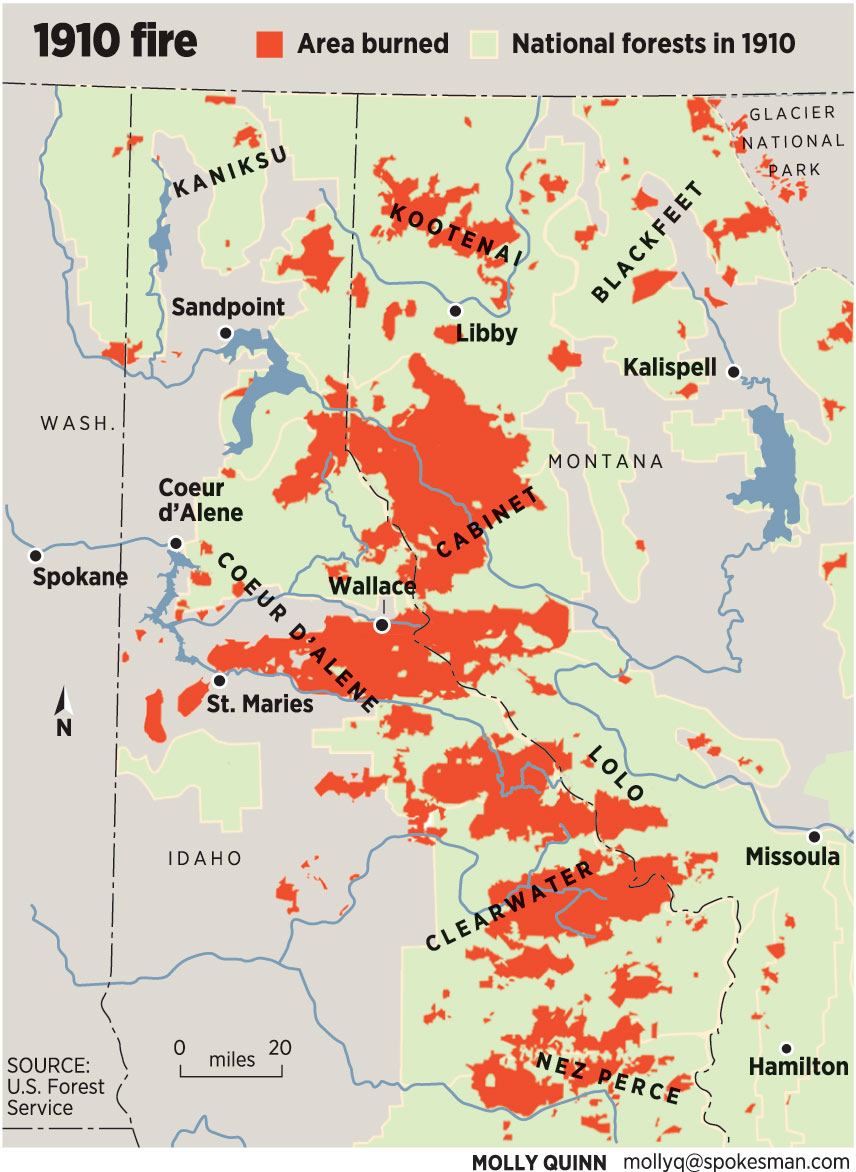44hunter45
Well-known member
I mentioned to a buddy who works for a major corporate timber company that I didn't think hunting burns and timber cuts in Idaho was all that effective. He responded that most corporate timber companies apply herbicide to give their seedlings a head start. This will suppress the forbs, grass, and weed production for a couple of years.




